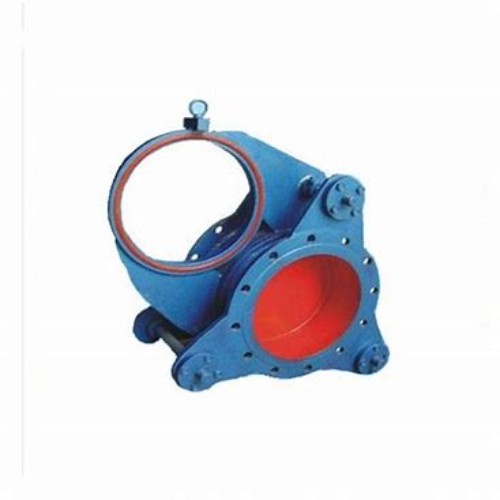types of flanges used in pressure vessels
Types of Flanges Used in Pressure Vessels
In the world of engineering, particularly in the design and construction of pressure vessels, the importance of flanges cannot be overstated. Flanges are mechanical components that provide connection points for pipes, valves, fittings, and other equipment. They are designed to ensure the integrity and reliability of systems carrying fluids under pressure. Understanding the various types of flanges used in pressure vessels is critical for engineers, as the right choice can influence both safety and performance.
1. Weld Neck Flanges
Weld neck flanges are a popular choice in pressure vessel applications due to their high strength and ability to withstand high pressure and temperature variations. These flanges have a long tapered neck that provides a gradual transition between the flange itself and the pipe. This design minimizes stress concentration and creates a strong, leak-tight joint when welded onto the pipe. Weld neck flanges are often used in critical applications where safety is paramount, such as in reactors or high-pressure piping systems.
2. Blind Flanges
Blind flanges are used to seal the end of a piping system or pressure vessel. As the name suggests, these flanges have no opening in the center. They are an essential component in maintenance and construction, allowing for the isolation of sections of a system for inspection or repair. Blind flanges can support high pressure and are available in various materials and dimensions. Their robust design makes them suitable for use in extreme conditions.
Slip-on flanges are simpler in design compared to weld neck flanges. They are designed to slip over the pipe and are welded in place to secure the connection. While they are easier to install and require less precise alignment, slip-on flanges may not withstand high-pressure conditions as effectively as weld neck flanges. Nevertheless, they are widely used in lighter applications where pressure levels are moderate, making them a cost-effective choice for many industries.
types of flanges used in pressure vessels

4. Threaded Flanges
Threaded flanges have internal threads that allow them to be screwed onto the corresponding pipe. This design facilitates installation without welding, making them ideal for situations where welding is not feasible due to space constraints or material considerations. However, threaded flanges are typically limited to lower pressure applications, as the threads can weaken the overall structure. They are often found in gas pipelines and other less demanding environments.
5. Socket Weld Flanges
Socket weld flanges are similar to slip-on flanges, but they feature a socket for the pipe, allowing for a more secure attachment. The pipe is inserted into the flange and then welded around the joint. This type of flange is suitable for small-diameter piping systems and is often used where high pressure and temperature are present. Socket weld flanges are advantageous for reducing the risk of leakage and maintaining structural integrity under demanding conditions.
6. Lap Joint Flanges
Lap joint flanges are specifically designed for use with a stub end, which provides an alternative method for securing connections without welding directly to the flange. This design allows for the easy disassembly of the system for maintenance or inspection. Lap joint flanges are commonly used in applications where frequent cleaning or inspection is necessary, such as in food and pharmaceutical processing industries.
Conclusion
In summary, the choice of flange in pressure vessel design is crucial for ensuring safety, reliability, and efficiency. Each of the flange types—weld neck, blind, slip-on, threaded, socket weld, and lap joint—has its advantages and is suited for specific applications based on pressure ratings, installation methods, and maintenance requirements. When selecting flanges, engineers must consider the operational environment, pressure levels, and materials to ensure that the right type is used for the task at hand. Understanding these aspects not only enhances the performance of pressure vessels but also contributes to the overall safety of industrial operations.
-
The Key to Fluid Control: Exploring the Advantages of Ball Valves in Industrial SystemsNewsJul.09,2025
-
The Versatile World of 1, 2, and 3 Piece Ball ValvesNewsJul.09,2025
-
Stainless Steel Ball Valves: The Ideal Choice for Efficient Flow ControlNewsJul.09,2025
-
Optimizing Fluid Control with Ball Float ValvesNewsJul.09,2025
-
Manual Gate Valves: Essential for Control and EfficiencyNewsJul.09,2025
-
Everything You Need to Know About Butterfly ValvesNewsJul.09,2025
-
The Versatility of Wafer Type Butterfly ValvesNewsJul.08,2025




